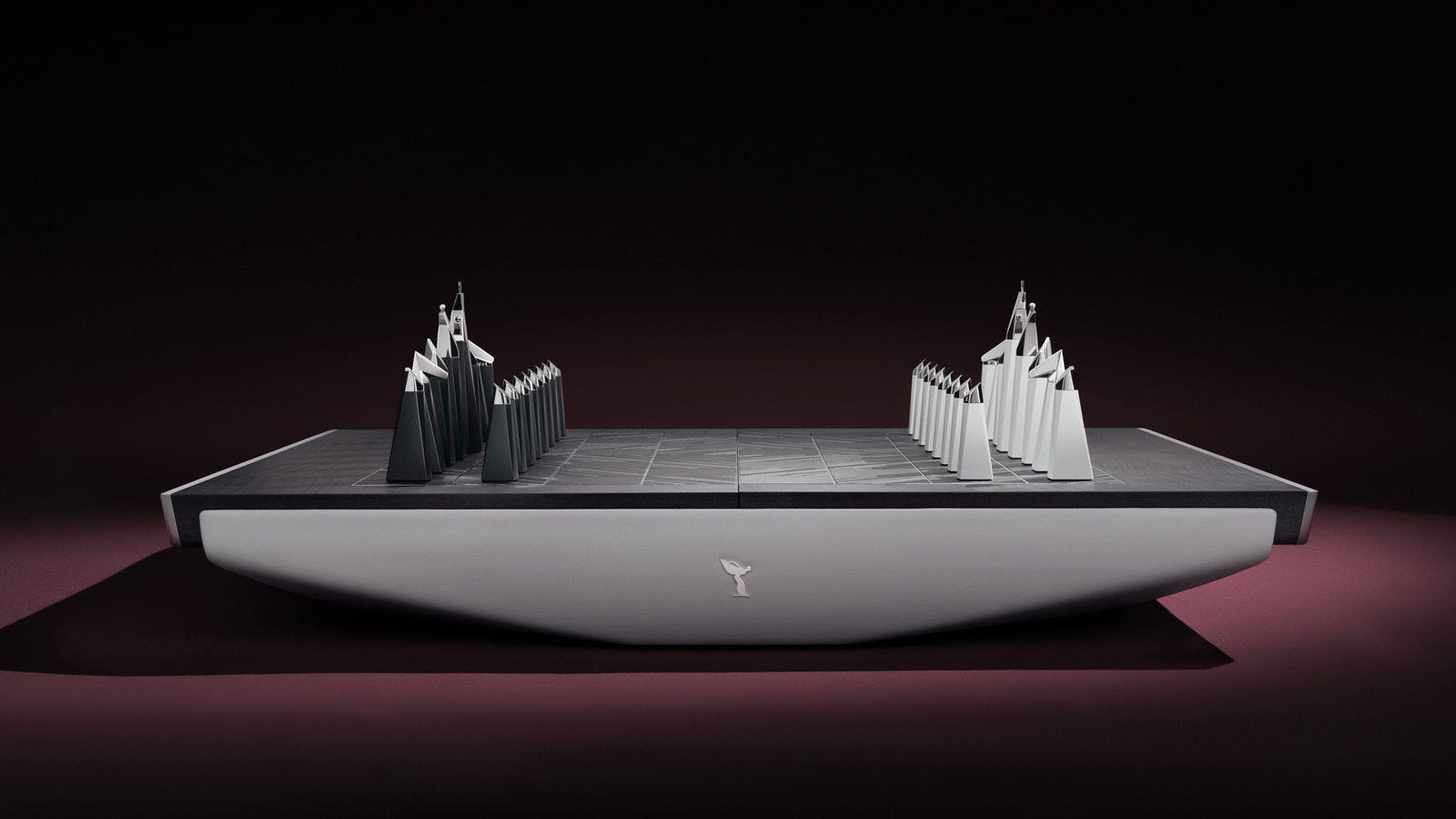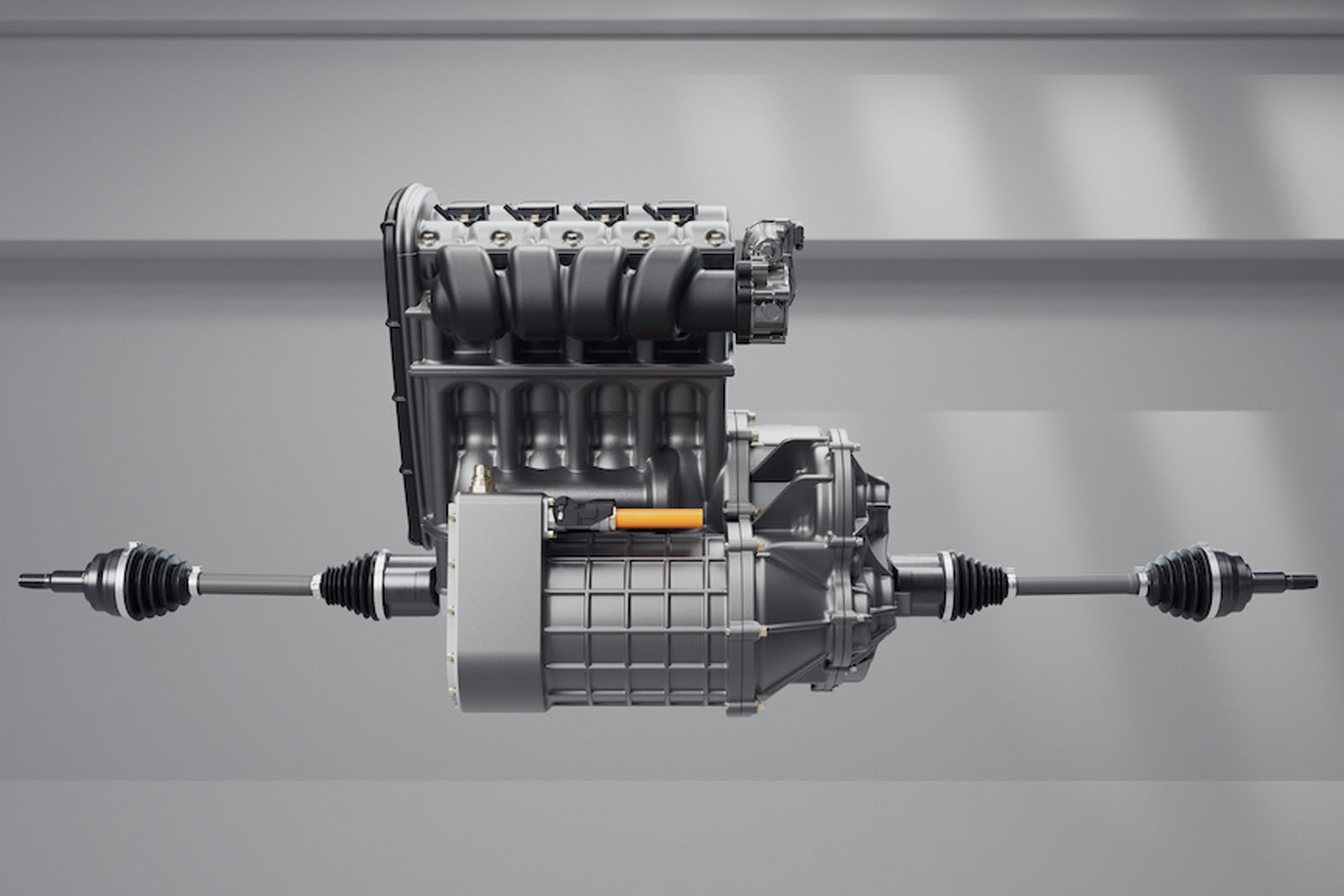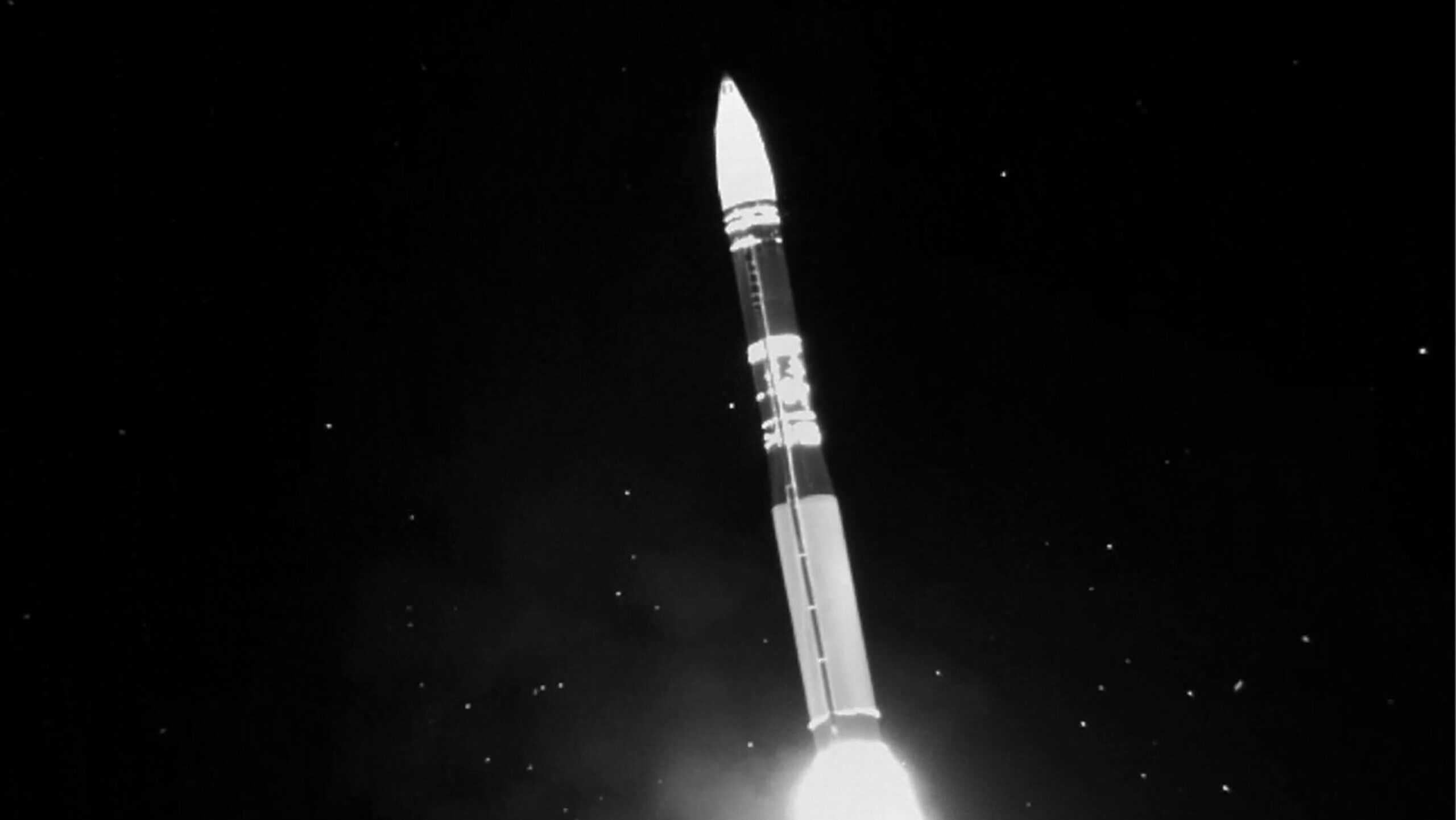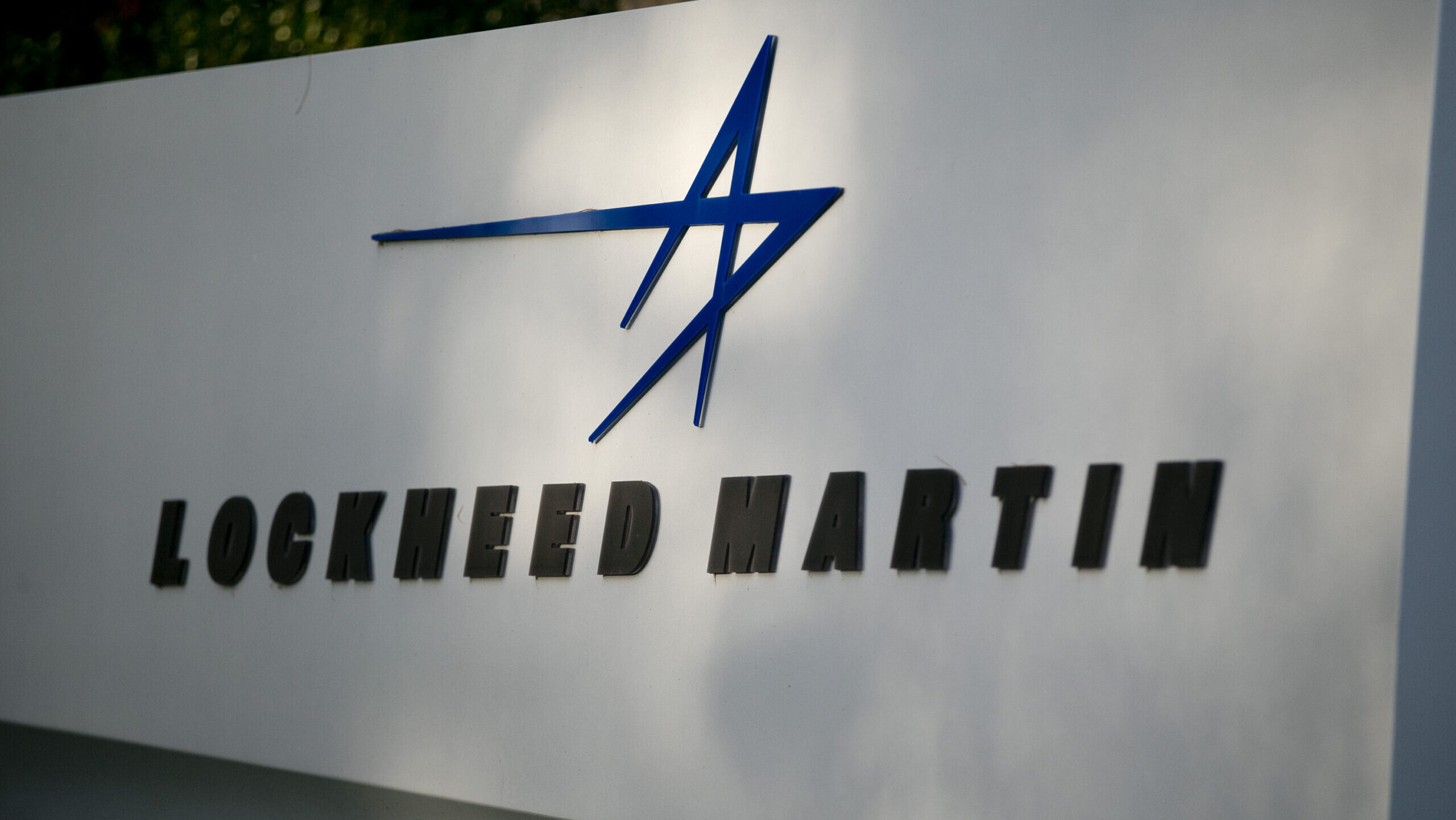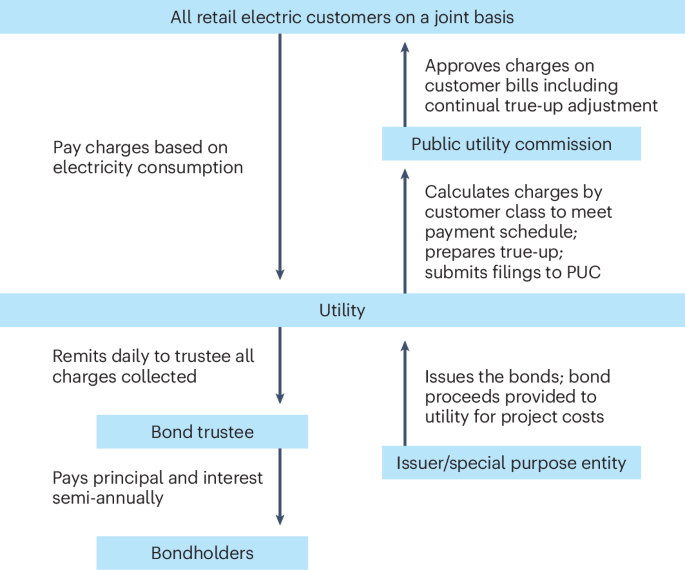Failure Mechanisms and Strategies for Vanadium Oxide‐Based Cathode in Aqueous Zinc Batteries
Advanced Energy Materials, Volume 15, Issue 14, April 8, 2025.

The notorious dissolution existing in vanadium oxide materials for aqueous zinc-ion batteries is highlighted. The review advancements in structural features and energy storage mechanisms, emphasizing the intricate interactions and their evolution. Finally, it discusses potential future perspectives on advanced cathode materials, inorganic colloids, high-entropy electrolytes, and mechanism characterization, to promote further progress in this field.
Abstract
With the increasing safety concerns and consensus on sustainability, aqueous zinc-ion batteries (AZIBs) are gaining significant attention as a green and efficient alternative for energy storage technologies. However, the prolonged and persistent chemical dissolution and electrochemical capacity fading of one of the dominant vanadium oxide cathodes has long posed an unavoidable challenge. Meanwhile, the energy storage mechanism of AZIBs remains controversial, along with the formation of parasitic and derived cathode-related products during the repeated charge/discharge procedure. Herein, this review expects to provide a comprehensive analysis of the fundamental redox reactions in vanadium oxide-based AZIBs, with particular emphasis on nanostructure features and their evolution, ionic transference, and ionic occupation, to elucidate the underlying mechanisms involved in the system. Furthermore, several effective strategies, including cathode modification and electrolyte design are summarized. Finally, the review offers potential avenues for advancing cathode materials, inorganic colloids, high-entropy electrolytes, and mechanism characterization, thereby contributing to the continued development of this field.











